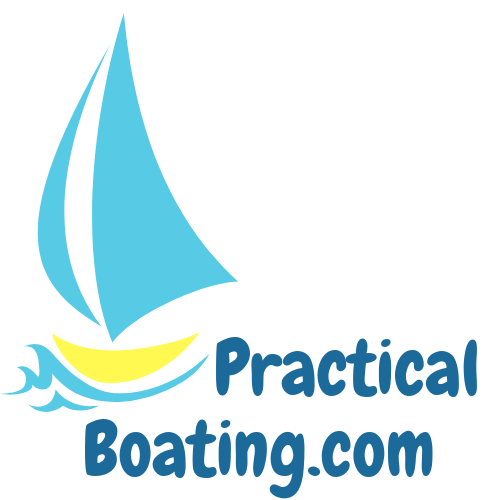Anchoring : How to drop the anchor the right way
THERE IS A GREAT DIFFERENCE BETWEEN DROPPING THE ANCHOR OVER THE SIDE FOR A QUICK DIVE AND ANCHORING A BOAT FOR THE NIGHT. THIS IS ONE OF THE FIRST THINGS YOU LEARN IN MARITIME NAVIGATION. THIS IS A FAST OVERVIEW OF BASIC BUT IMPORTANT ANCHOR TRICKS AND TIPS.
 1. Make sure the boat it still
1. Make sure the boat it still
The proper technique for anchoring starts with ensuring that the boat is completely immobile at the spot where you want to anchor. You have to play precisely on the throttle to stop or you will drift and thus drop the anchor at the wrong place. Wait till it’s still.
2. The good length of chain
You will need to know the depth and therefore the chain length to put, as this will affect where the boat will be once the anchor is blocked. The experience and the local knowledge of the type of bottom are of great help. Provide a ratio of 3 to 1 (at least) between the length of the chain and the depth of the water.
For example in 5m of water, you release 15 m of chain. This ratio is valid without wind and with a chain and an anchor of size adapted to the boat. If the wind picks up the depth / chain length ratio can go up to 10 for 1 if necessary (if you have enough chain)
3. Face the wind
At slow speed, aim the boat’s nose at the wind or current, beyond where you want the boat to stop, at a distance equal to the expected chain length. Immobilize the boat.
4. Drop anchor!
When you have dropped the anchor and the length of chain you wanted, stop the windlass or pass the chain or rope onto a cleat. Then reverse gear 3 seconds to make sure the anchor is holding the boat.
5.Verification
With the anchor thrown, secure the chain and ensure that it passes well in the bow anchor roller so that it does not damage navigation lights or other equipment during the movements of the boat.
Then take 2 landmark and use your GPS chartplotter, radar and / or depth sounder to check your position and make sure the anchor does not drag. Verify your position from time to time.
6. Know the type of bottom there is
Your chartplotter will usually show you what to expect, but sometimes nature reserves a few surprises and the bottom is not the one indicated by the GPS.
The most common bottoms are sand, mud, clay and seaweed. Most popular anchor styles (Danforth, CQR, Delta, Spade, Bruce, Rocna) are considered suitable for all these conditions.
That said, plow anchors like CQR or Delta hold best on a rocky bottom, a Danforth is best in mud, and heavier anchors hold the best in seaweed.
In general it is advisable to avoid anchoring in seaweed, because it can form a “ball” of seaweed on the anchor which loses its ability to hang.
7. The size of the anchor is important
The anchor of the boat should be properly sized for your boat. A slightly heavier anchor may be recommended especially if you have an electric windlass to do all the work. But obviously never install a lighter anchor.
Check the anchor manufacturer’s guide for the length, weight and hull type of your boat.



